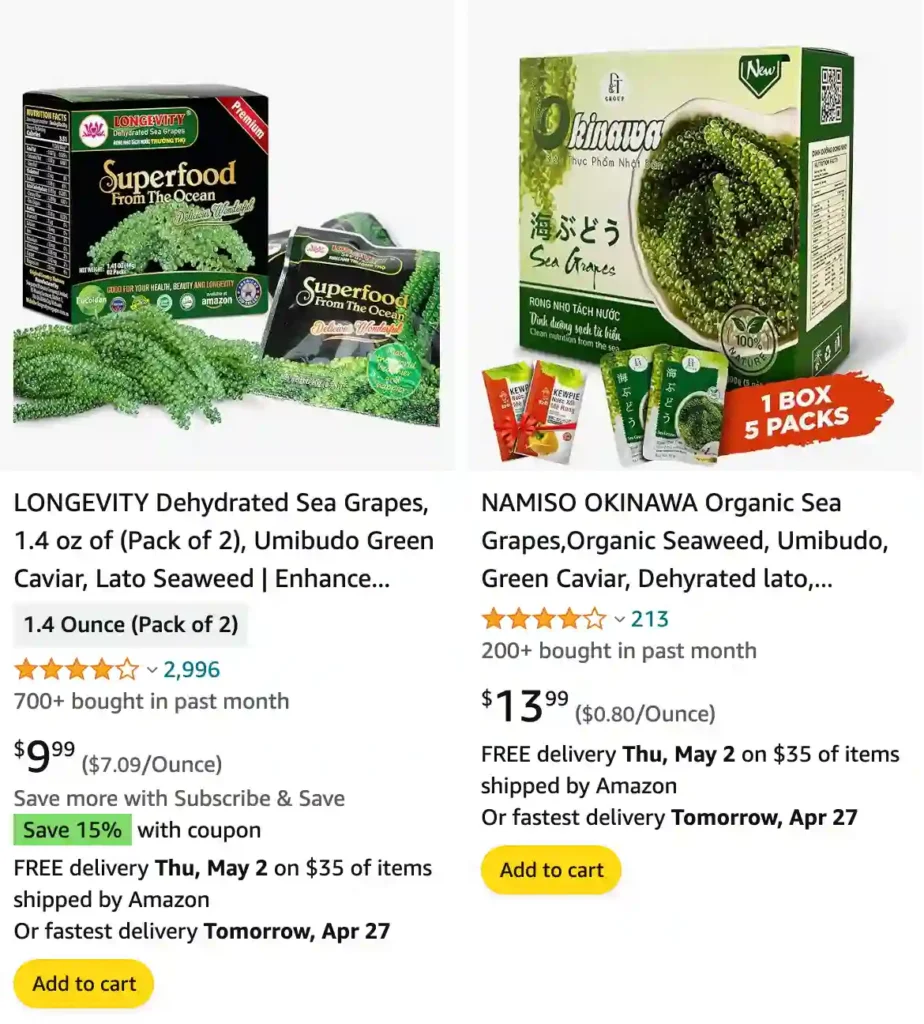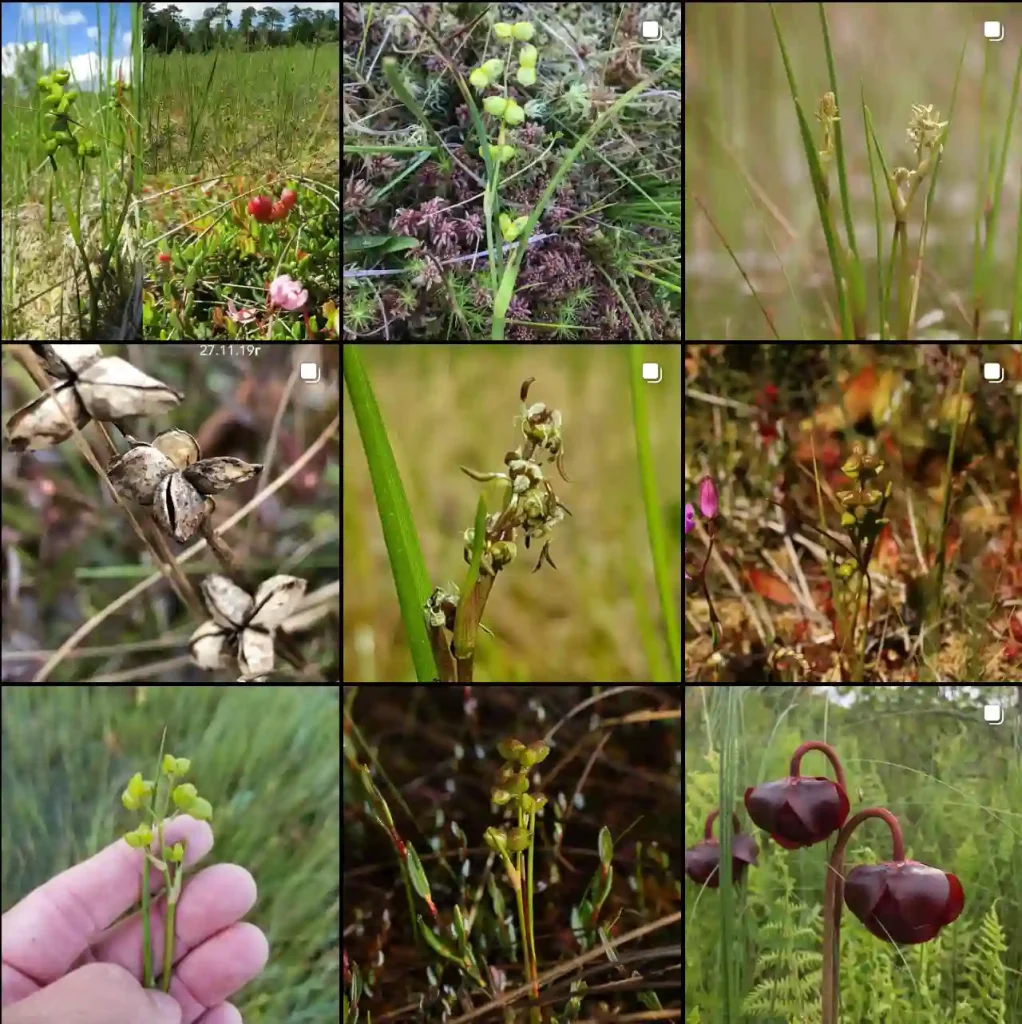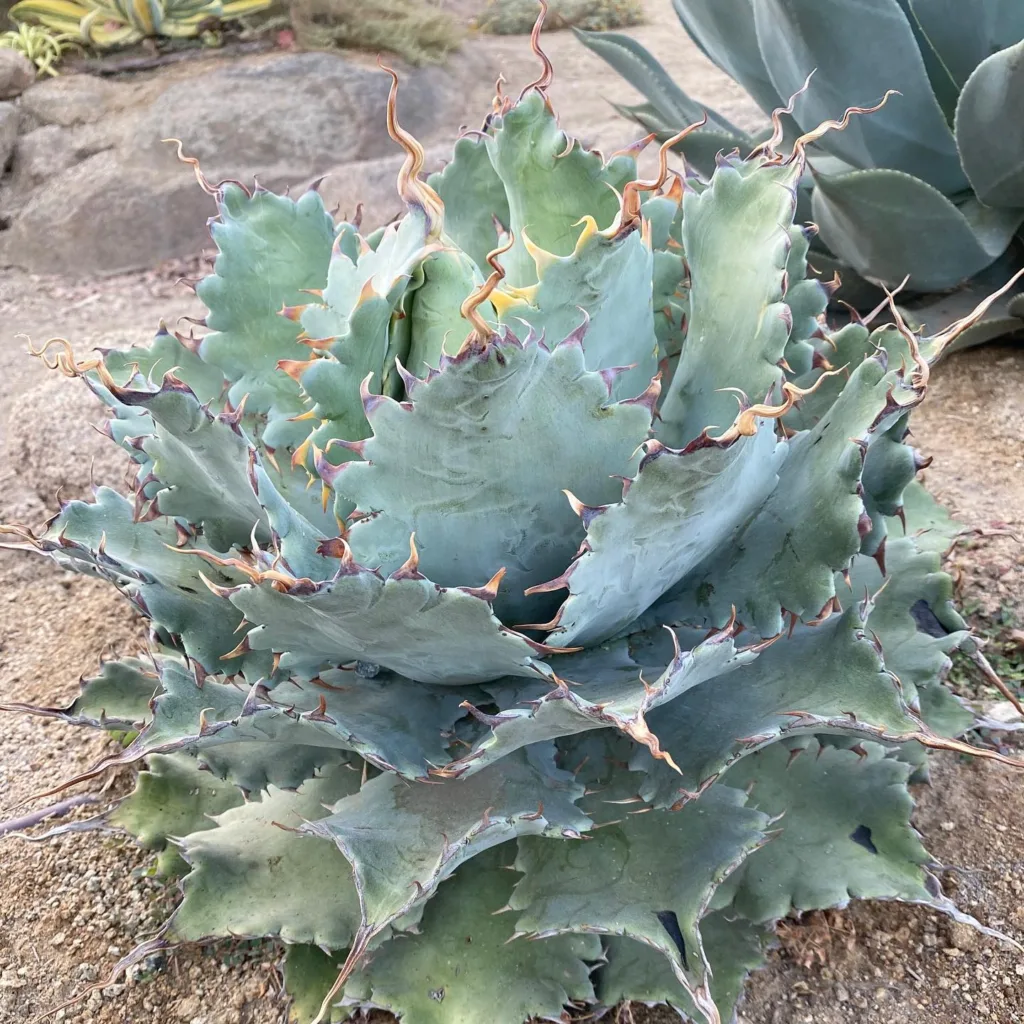
What are sea grapes?
Sea grapes, also known as Caulerpa Lentillifera, are these fascinating little fruits that grow in clusters on vines along the coast. I remember stumbling upon them during one of my beach trips. Their appearance is quite unique, resembling tiny green or purple translucent spheres, almost like miniature grapes. The taste is intriguing; it’s a mix of salty and slightly sweet flavors that burst in your mouth when you bite into them. I find them refreshing, especially on a hot day by the ocean. They’re not only delicious but also a part of coastal ecosystems, which makes them even more special to me.
Are sea grapes edible? What do sea grapes taste like?
Yes, sea grapes, are indeed edible and are commonly consumed in various parts of the world, particularly in Southeast Asia. They are a type of seaweed that grows in coastal areas and shallow waters. Sea grapes have a unique taste that’s often described as slightly salty with a hint of brininess, reminiscent of the ocean. The texture is crunchy and slightly chewy, similar to that of grapes, but with a more delicate and translucent appearance. Some people also detect a subtle sweetness in sea grapes, although the overall flavor profile is predominantly savory. They are often enjoyed as a nutritious snack or used as an ingredient in salads and seafood dishes.
Where to buy sea grapes?
Finding sea grapes can be a bit tricky depending on where you are. If you’re lucky enough to live near the coast, you might be able to find them at local seafood markets or specialty stores that focus on coastal cuisine. When I lived by the beach, I sometimes stumbled upon them at farmers’ markets, especially those near coastal areas. However, they’re not always readily available in all regions, so you might need to do some hunting or even consider harvesting them yourself if you’re near their natural habitat. Just make sure to check local regulations and conservation guidelines before you go foraging.
Are sea grapes good for you?
Sea grapes are indeed a healthy choice, packed with beneficial nutrients. They’re rich in vitamins and minerals like vitamin A, vitamin C, calcium, and magnesium. These nutrients support various aspects of health, such as boosting immunity, promoting healthy skin, and supporting bone health. Additionally, sea grapes contain antioxidants, which help protect the body from oxidative stress and inflammation. However, like any food, moderation is key. While sea grapes offer health benefits, they’re also naturally high in sodium due to their oceanic habitat, so it’s important not to overindulge, especially if you’re watching your sodium intake. Overall, incorporating sea grapes into a balanced diet can be a tasty way to enhance your nutritional intake.
How to eat sea grapes?
Eating sea grapes is a delightful experience, and there are a few ways you can enjoy them. One common method is to simply eat them raw, straight from the vine. You can pluck them off the cluster and pop them into your mouth for a burst of flavor. Some people enjoy them as a standalone snack, while others like to incorporate them into salads or seafood dishes for a unique twist. Another way to enjoy sea grapes is to pickle them, which can help enhance their natural briny flavor and extend their shelf life. Personally, I love adding them to salads or using them as a garnish for seafood dishes to add a touch of coastal freshness. Whichever way you choose to eat them, just make sure to rinse them thoroughly before consuming to remove any sand or debris.
Are sea grapes poisonous?
No, sea grapes are not poisonous. In fact, they are perfectly safe and edible for consumption. However, it’s important to be cautious if you’re foraging for sea grapes in the wild, especially if you’re not familiar with their identification. While sea grapes themselves are harmless, there are look-alike species that may be toxic if ingested. Therefore, it’s essential to properly identify sea grapes before consuming them. Additionally, if you have any doubts or concerns, it’s best to purchase them from a reputable source or consult with a local expert who can confirm their safety.
How fast do sea grape trees grow?
Sea grape trees, also known as Coccoloba Uvifera, are relatively slow-growing trees, especially when compared to some other fruit-bearing trees. In optimal conditions, they typically grow at a rate of about 1 to 2 feet per year. However, various factors can influence their growth rate, including soil quality, climate, and availability of sunlight and water. In their natural coastal habitat, sea grape trees tend to grow more slowly due to the harsh conditions they often face, such as salt spray and poor soil quality. Despite their slow growth, sea grape trees can eventually reach impressive sizes, with some specimens growing up to 30 feet tall or more over many years. Patience is key when cultivating sea grape trees, but their beautiful foliage and tasty fruit make them a rewarding addition to any coastal landscape.
When are sea grapes ripe?
Sea grapes typically ripen during the late summer to early fall months, although the exact timing can vary depending on factors like climate and location. When they’re ripe, sea grapes undergo a noticeable change in color, transitioning from green to a deep purple or reddish hue, depending on the variety. Additionally, ripe sea grapes will feel plump and firm to the touch, with a slight softness that indicates they’re ready for harvesting. Another sign of ripeness is their aroma; ripe sea grapes emit a sweet and slightly fruity scent that becomes more pronounced as they mature. It’s essential to harvest sea grapes at the peak of ripeness to ensure the best flavor and texture, so keep a close eye on them as the harvesting season approaches.
If i die, water my plants!



